MTCE Spring Special 2013: Normandy, France
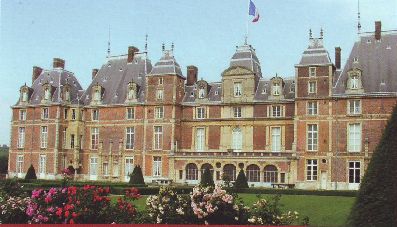 Cháteau d'Eu Cháteau d'Eu
The present château was begun in 1578 by Henri de Guise and Catherine de Cléves and finished by la Grande Mademoiselle, cousin to Louis XV in 1665.
ln the 19th century it became the summer residence of King Louis-Philippe, who twice welcomed Queen Victoria there. The château now contains the Musée Louis-Philippe, and reflects its successive owners in its collections of furniture, porcelain, paintings and restored interiors.
The Château d'Eu brings to life the decorative arts of the 19th century in its reception rooms, kitchens or dining room. The Galerie de Guise opened its doors to the public in 2012. This vast stateroom became, over time, the most prestigious room in the château and has now been completely restored.
The rose garden and the park are also open to the public.
Location: en route stage 1
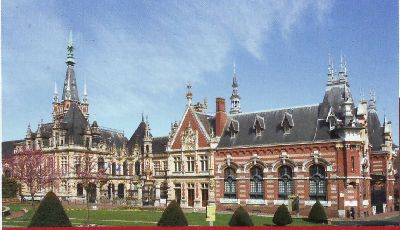 Palais Bénédictine Palais Bénédictine
The story began back in 1510 at the Abbey of Fécamp, when it is said that the Benedictine monk and alchemist Dom Bernado Vincelli created a secret elixir.
It seems that in 1863 Alexandre Le Grand, a wine merchant and collector of religious art, found among his collection of old tomes the recipe for the elixir, lost during the French Revolution.
After much trial and error he succeeded in deciphering the mysterious recipe and producing a liqueur that he named "Benedictine".
He built the Palais Bénédictine in honour of his liqueur, and it has been produced there ever since.
Apart from the distillery with its copper stills and the many different plants and spices that go into Benedictine, the Palace also houses Alexandre Le Grand's collection of items of religious art, as well as a modern art gallery where temporary exhibitions are held, reflecting the founder's passion for all forms of art.
Location: en route stage 2
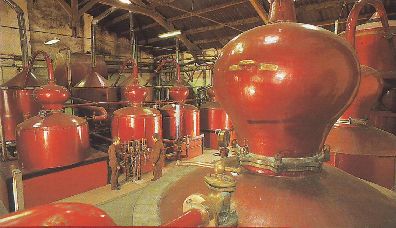 Distillery Busnel Distillery Busnel
In the heart of the bocage country, the Busnel distillery is famous for its superlative calvados. This is the biggest distillery in Normandy, and is happy to share with visitors the skills passed down the generations, a blend of patience, precision and sensitivity. You will follow the making of calvados from the very important selection of the apples to the final product.
lnitial distillation in a series of beautiful copper alembics is followed by blending and ageing, for time is the greatest ally. ln our cellars, great oak barrels, sometimes hundreds of years old, impart an amber tint and a subtle flavour. Finally comes bottling and, of course, tasting - which will also be explained to visitors, for it is an art in itself.
Location: en route stage 2
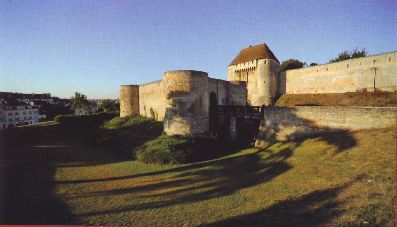 Château Ducal / Musée de Normandie Château Ducal / Musée de Normandie
The Château de Caen is one of the largest medieval walled castles in Europe. The massive walls that have towered above the town since 1060 have protected, in turn, William the Conqueror's palace, a royal fortress, and an infantry barracks. Signs of the castle's development throughout the centuries abound, from the recently restored ramparts overlooking the keep, William's palace and the Exchequer Hall, to the Eglise Saint-Georges or the governor's residence... Having passed through the gateways with their impressive barbicans, the visitor enters what is now the museum complex, an area devoted to exhibitions, performance, discovery trails and activities. From its ramparts, the castle offers the finest views over the town. While its roots are in its famous past, the Château de Caen is thoroughly contemporary, working within a European network of historic buildings dedicated to sharing the results of archaeological research and to communicating these to a wider public.
Location: subsequent to route stage 2
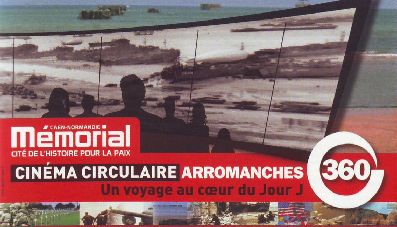 Arromanches 360° Arromanches 360°
The 'Arromanches 360' circular cinema shows 'The Price of Freedom' across 9 screens, combining war correspondents' hitherto unreleased archive footage filmed in 1944, with film from the present day shot ln the same, now peaceful, locations.
The visitor is plunged into the heart of the action, as the D-Day Landings take place around the Pointe du Hoc, along the pontoons of the artificial harbour at Arromanches, and at Omaha Beach... Thanks to a system of 9 synchronised cameras mounted on a tank, a helicopter and a boat, spectators feel they are in the skin of one of the combatants and experience what he experienced on 6th June 1944. To make this film, it took 65,000 archive pictures taken during the events of 1944.
Location: en route stage 3
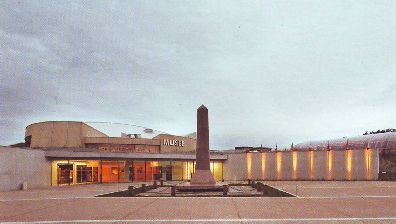 Musée Utah Beach Musée Utah Beach
Created in 1962 on the very spot where American troops landed on June 6th 1944. the Utah Beach Museum honours all the men who risked or gave their life for our liberty.
After a whole year's work, the new museum boasts 3000m2 of exhibition space. ln ten chronological stages the museum covers the German occupation, the massing of the troops on the day before D-Day, the Allied strategy and the events of 6th June in the Utah Beach sector. The star of the new museum is a genuine B26 bomber displayed in a specially built hall, together with two flight simulators. By the end, visitors will have understood the strategic choice of this Normandy beach and the reasons for the landing's military and technological success.
Location: en route stage 3
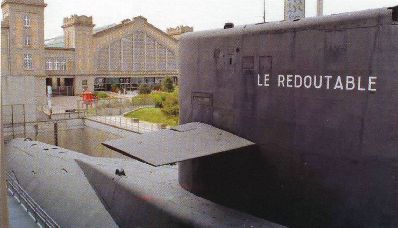 La Cité de la Mer La Cité de la Mer
From spring 2012, a unique exhibition of over 2500m2 on the Titanic and on the history of emigration.
The Cité de la Mer is a theme park dedicated to mankind's great undersea adventure, that has already attracted over 2 million visitors. The entertaining, interactive exhibition enables visitors to experience this exciting adventure for themselves.
- The biggest visitable submarine in the world, Le Redoutable
- Adults and children alike will be fascinated by the Deep sea Aquarium, the deepest in Europe, as well as by the 1 6 other themed aquaria
- The virtual attraction 'Walking into the Depths'
- In the Great Hall, a unique collection of iconic deep-sea diving machines
Location: subsequent to route stage 3
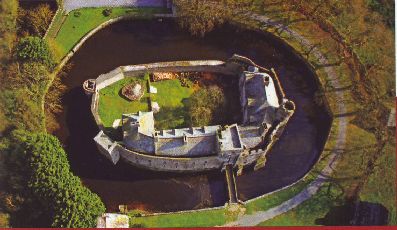 Château Fort de Pirou Château Fort de Pirou
This masterpiece of medieval military architecture is one of the oldest Norman castes, and one of the best preserved, thanks to remarkable restoration that began in 1966 at the instigation of Abbé Michel Lelégard (1925-1994).
Pirou was built in the 12th century on an artificial island surrounded by three moats, its five fortified gateways opening on to a remarkable architectural ensemble: a bakery, a cider press house, the Salle des Plaids or court of justice (where the Pirou Tapestry is now displayed), the original core of the castle (guardroom, refectory, kitchens) and the wall-walk around the fine stone-slate roofs.
Discover the extraordinary legend of the Geese of Pirou, immerse yourself in the medieval period and explore nine centuries of history.
Location: en route stage 4
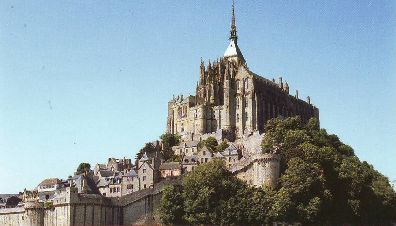 Abbaye du Mont-Saint-Michel Abbaye du Mont-Saint-Michel
Towering above the sweeping shoreline of the bay, the abbey is a remarkable blend of different medieval styles. According to legend, the monastery was founded after the archangel Michael had appeared three times to the Bishop of Avranches in his sleep, in 708A0. lt developed between the 10th and 15th centuries around the abbey church, with all its monastic offices clustered one upon another around the top of the rock. The abbey looks down on the village, its spire rising between sea and sky, crowned by the statue of the archangel. ln 1979 the Mont-Saint-Michael and its bay were the first French site to be listed as a UNESCO World Heritage Site
Location: en route stage 5
 Details of the tour Details of the tour
|
 Back to tour overview Back to tour overview
The registration list is closed. Further requests will be waitlisted.
|
|
In association with:
 |
|

